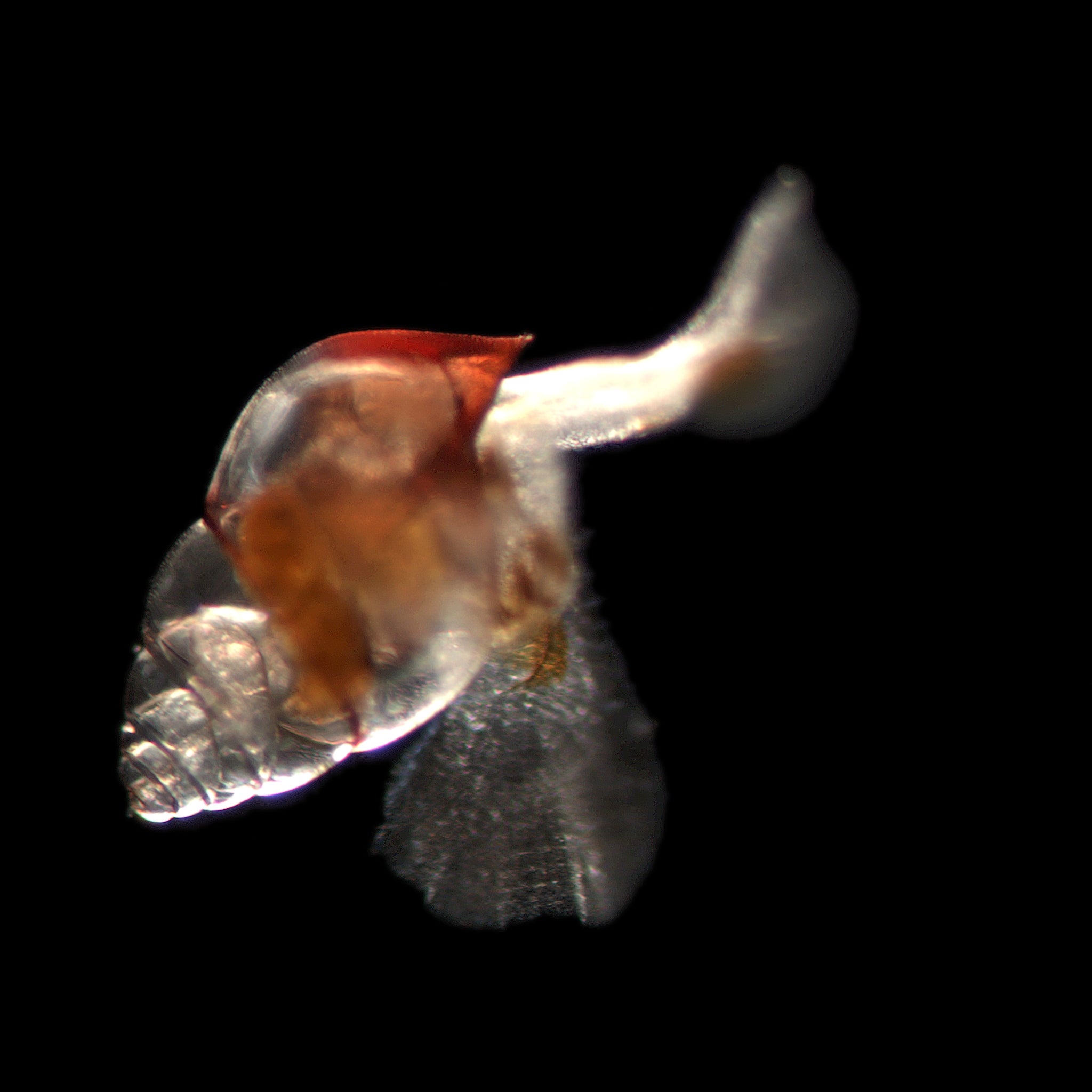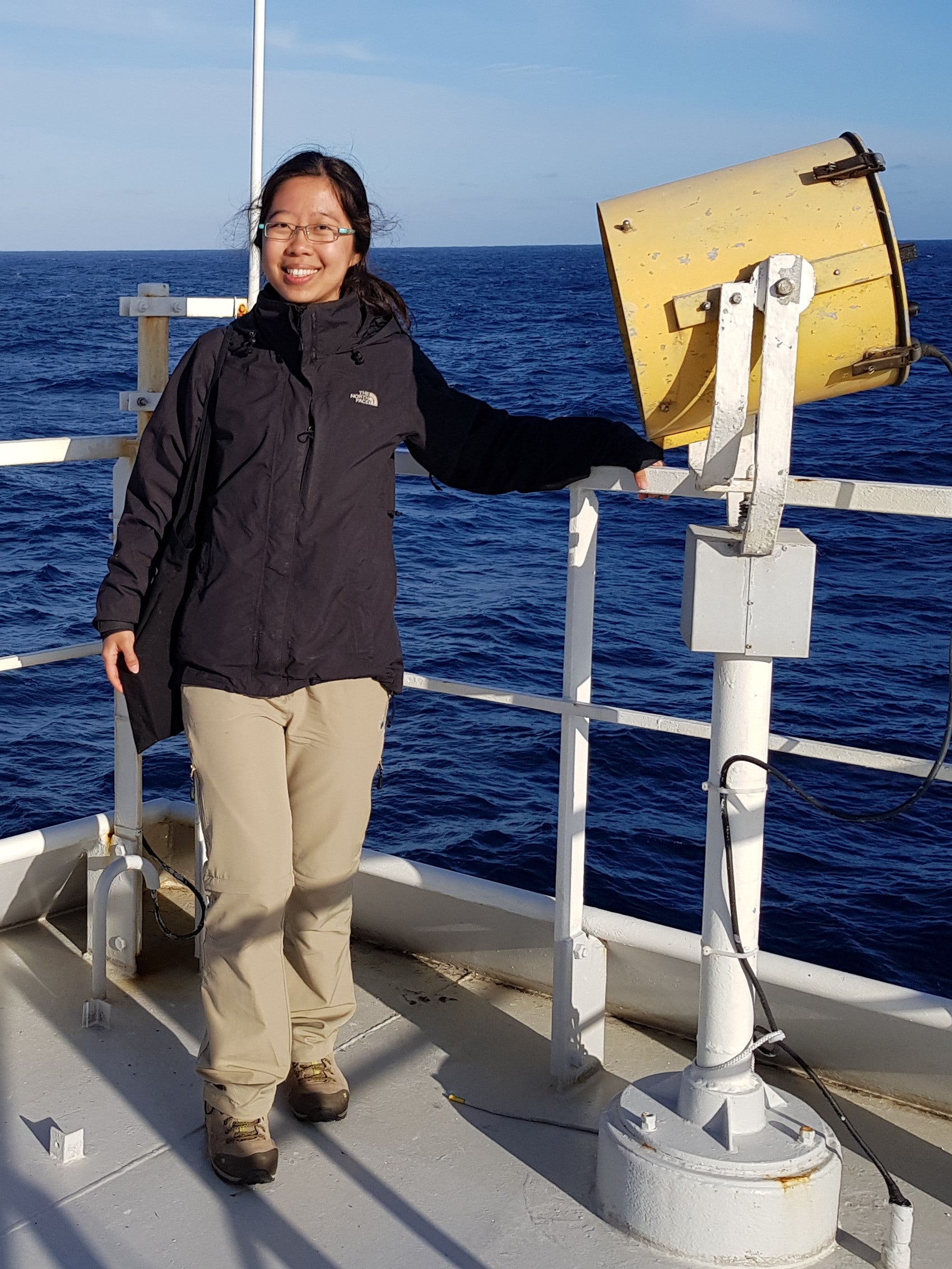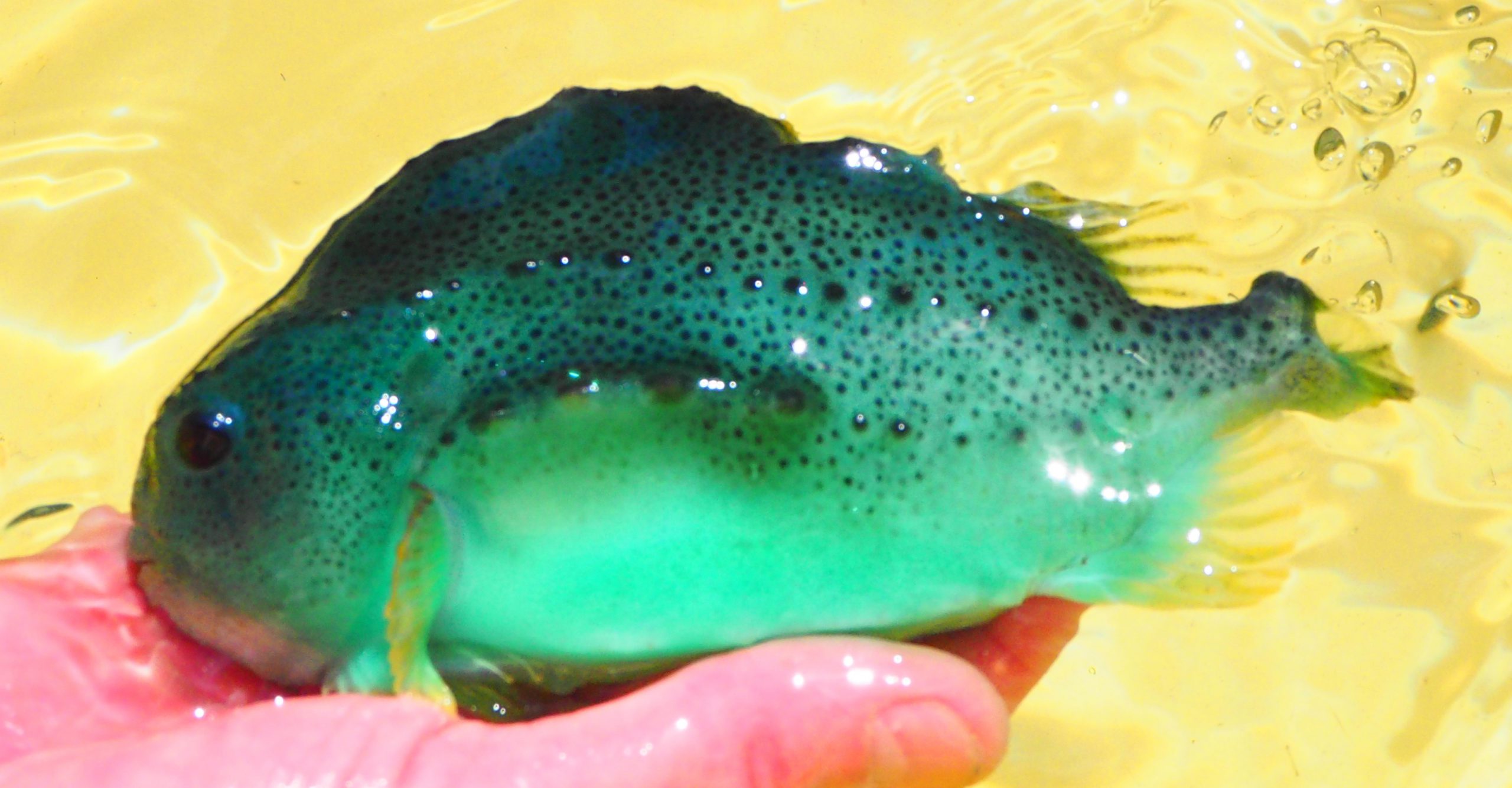[Updated: 1 October 2018]
Seminar by Ms Choo Le Qin and Ms Claire Keung
Thursday, 4 October 2018, 3pm
SJINML Seminar Room
Evolutionary potential of pteropods in an acidifying ocean

Abstract:
Pteropods are planktonic gastropods that live in the water column throughout oceans worldwide. They show limited acclimation responses to the effects of ocean acidification (OA), with dissolution of their shell observed in individuals exposed future acidity levels. However, we also need to study their long term adaptive potential to cope with incremental changes in acidity. We define adaptive potential as the ability of species or populations to respond to selection through phenotypic or molecular changes. I seek to investigate the genotypic variability, spatial partitioning and gene flow in pteropod populations across the Atlantic Ocean to assess their potential for adaptation. This can be done through a single gene approach, such as DNA barcoding, or by querying multiple parts of the genome through targeted sequencing of specific parts of the genome using probes (DNA sequences acting as baits). By identifying neutral and adaptive genetic variation across the Atlantic Ocean, we can determine dominant processes shaping variability and evaluate the potential of euthecosomes to cope with predicted ocean changes.
About the speaker:
Ms Choo is currently based at the Naturalis Biodiversity Center and the University of Amsterdam in the Netherlands for her PhD on genetic variation in pteropods. Before that, she was at the Natural History Museum in London for her masters in Biosystematics. She first came to SJINML in 2010 with the Science Research Programme and has dabbled in a variety of projects ever since, including sorting specimens for the Comprehensive Marine Biodiversity Survey in 2012, and studying the formation of mussel byssal hairs.

Behavioural responses of lumpfish (Cyclopterus lumpus) to changes in farm husbandry in commercial salmon net pens in the North Sea

Abstract:
Passive acoustic telemetry was employed to monitor behaviour of lumpfish used for sea lice control in salmon aquaculture after deployment in net pens. The aim of the study was to investigate general behaviour of lumpfish based on depth, swimming speeds, pen area coverage, and spatial distribution within pens, and responses to farm husbandry practices. Lumpfish were found to have diurnal patterns in depth preference, exhibiting greater depths at night and shallower depths in the daytime. Swimming speeds were higher at dawn and lower at night compared to day and dusk. A preference for pen edges and corners was observed compared to the centre of the pen as well as feed stations. Hides were rarely used, which may indicate active foraging behaviour, or that larger lumpfish may not require as much shelter or sought alternative resting locations. Increased occurrence at corners and feed stations, but a decrease at the centre during salmon feeding periods, may indicate a slight conditioned response to feed and avoidance of schooling salmon, but most lumpfish were largely unaffected. Net changes resulted in lumpfish occurring at slightly shallower depths, and increased occurrence at feed stations indicated that biofouling on nets may serve as an alternative source of food.
About the speaker:
Ms Keung started out learning about bivalve taxonomy (in TMSI), to biodiversity, ecology and conservation towards her undergraduate degree, and had never expected to venture into aquaculture for her master’s degree. Her obsession with fishes led her to discover that sustainable aquaculture research is an incredible, multi-disciplinary field that encompasses everything she has learnt about biology, environmental sustainability, and conservation, and where policy, disease, fisheries, food security, consumerism, innovation and technology converge. She hopes to pursue a PhD in this field one day, and clear the misunderstandings that people may have about aquaculture.



